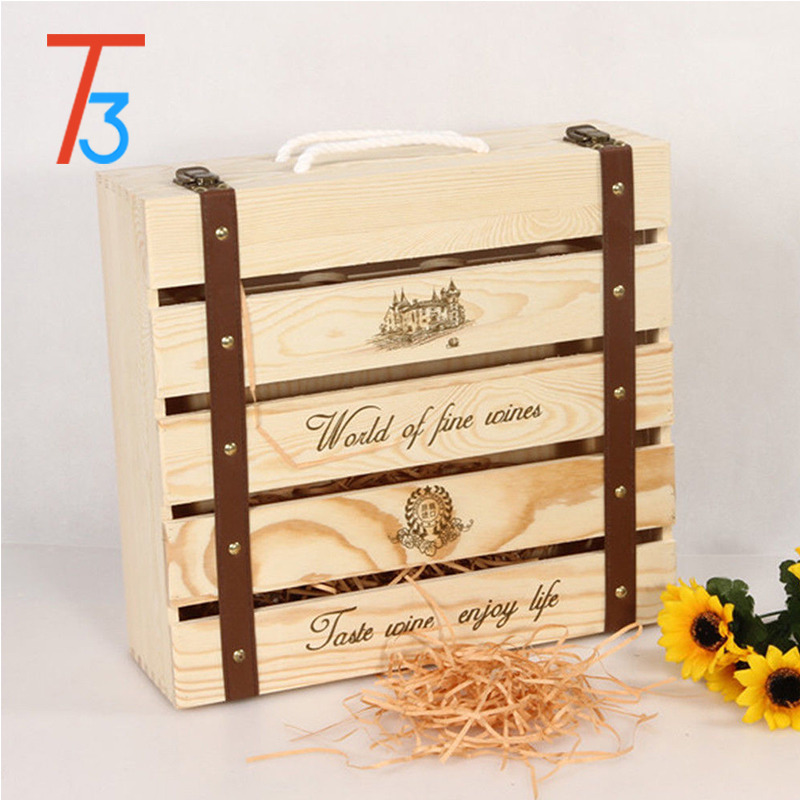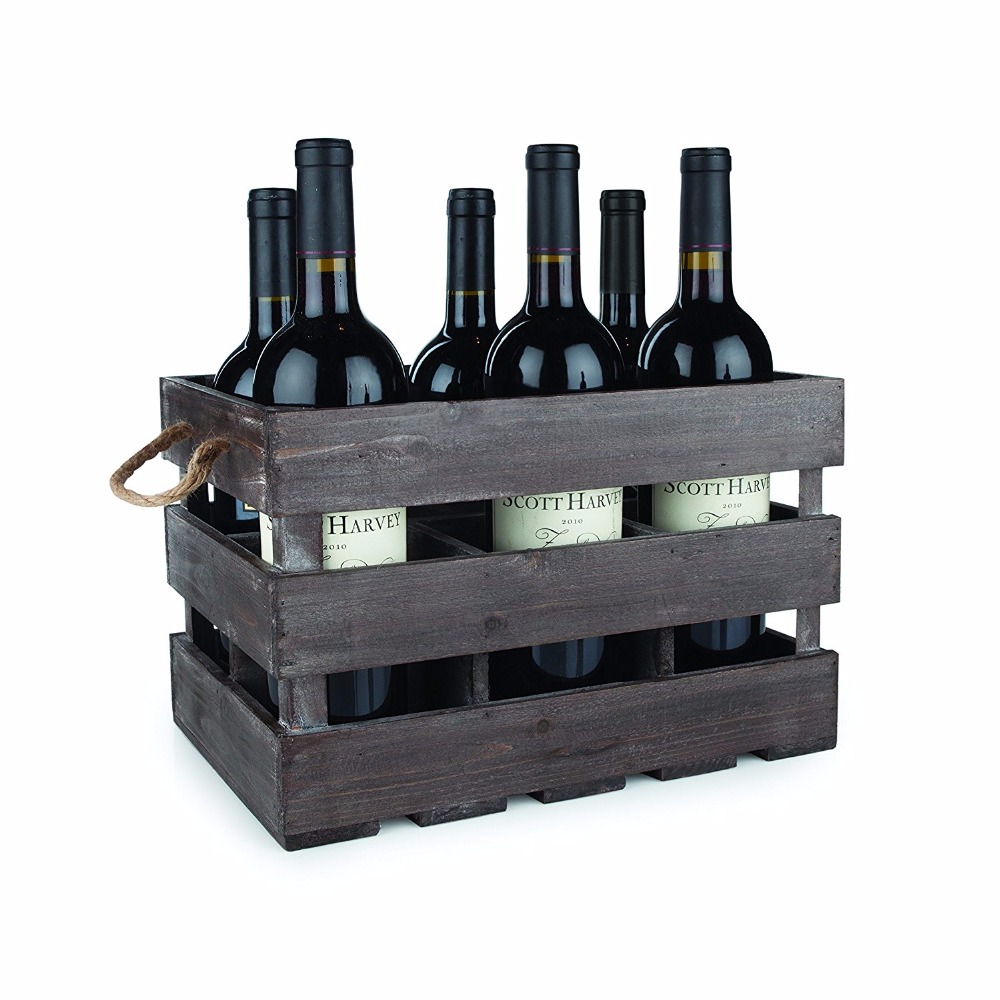The effect of lamination is not only related to the raw material of the film and the operation method of the film, but more importantly, it is also related to the condition of the ink layer of the printed matter being stuck. The condition of the ink layer of the printed matter is mainly determined by the nature of the paper, the performance of the ink, the thickness of the ink layer, the area of ​​the graphic and the integral density of the printed graphic, etc. These factors affect the formation conditions of the bonding mechanical bonding force, physical and chemical bonding force, etc. Changes in the adhesive properties of the printed surface. 1. Thickness of printed ink Solid prints with thick ink layers are often difficult to adhere to plastic films and will soon delaminate and foam. This is because the thick ink layer changes the porous surface characteristics of the paper and closes the paper fiber capillary pores, which seriously hinders the penetration and diffusion of the adhesive. The penetration of the adhesive within a certain degree is beneficial to the adhesion of the film. In addition, if the ink layer and the ink layer area on the surface of the printed matter are different, the adhesion and wetting properties are also different. The experiment proves that with the increase of the thickness of the ink layer or the increase of the graphic area, the surface tension value decreases significantly. Therefore, whether it is monochrome printing or multi-color printing, we should strive to control the thickness of the ink layer to be thin. The thickness of the printing ink layer is also directly related to the printing method. The printing method has different thicknesses. For example, the thickness of the ink layer of a lithographic product is about 1 to 2 μm, about 2 to 5 μm for relief printing, and up to 10 μm for gravure printing. From the perspective of lamination, offset printing is ideal, and its ink layer is very thin. 2. Types of printing ink The printed matter that needs to be covered with film should use fast-fixing bright offset printing ink. The connecting material of the ink is composed of synthetic resin, dry vegetable oil, high boiling point kerosene and a small amount of colloid. Synthetic resin molecules contain polar groups, which are easy to diffuse and penetrate with the polar groups in the binder molecules, and produce cross-linking, forming physical and chemical binding force, which is beneficial to coating; fast fix This photo offset printing ink also has the advantage that the ink layer dries and forms the film quickly after printing, which is also very beneficial to the coating. However, it is not advisable to add too much drier during use, otherwise, the surface of the ink layer will be crystallized, which will affect the coating effect. 3. Use of ink diluent Ink diluent is a kind of substance that can lighten the color of ink. Commonly used ink diluents include white ink, Willy oil, and bright oil. White ink belongs to the category of inks and consists of white ink pigments, linking materials and auxiliary materials. It is often used for light solid printing, spot color printing and trademark pattern printing. Inferior white ink has obvious powdery particles and is not tightly bound to the binder. After printing, the binder will quickly penetrate into the paper, and the pigment will float on the paper to form an obstacle to adhesion. This is why some light-colored solid prints are often easy to cover. The cause of the membrane. The self-ink should be carefully selected before printing, and the self-ink with even and fine particles and no obvious particles should be selected as the diluent. Veli oil is a paste-like transparent body made of aluminum hydroxide and dry vegetable oil connecting material dispersedly rolled, which can be used to increase the gloss of the surface of the printed matter and has excellent printing performance. However, aluminum hydroxide is light in weight and will float on the surface of the ink layer after printing. When coating, the adhesive layer and the ink layer will form an imperceptible separation layer, resulting in poor adhesion or blistering. It is slow to dry itself, and also has the characteristics of inhibiting ink drying, which is also difficult to adapt to the coating. Bright oil is a kind of quick-drying diluent from the inside to the outside. It is a gel-like transparent substance mixed and refined by resin, flat vegetable oil, drier, etc. It has a delicate texture, bright conjunctiva, and has a good affinity. , Polypropylene film can be firmly adsorbed on the surface of the ink layer. At the same time, the varnish can make the blots shiny and dry faster, and the printing performance is good. Therefore, it is an ideal ink diluent. 4. Adding powder In order to adapt to multi-color high-speed printing, powder spraying process is often used in offset printing to solve the disadvantage of dirty back. Powder spraying is mostly composed of cereal starch and natural suspended substances. The anti-sticking effect of powder spraying is mainly to form an irreversible cushion on the surface of the ink layer, thereby reducing adhesion. Because the particles are coarse, if too much powder is sprayed during the printing process, these particles float on the surface of the printed product. The adhesive does not adhere to the ink layer everywhere during the film coating, but to this layer of powder spray, resulting in false Sticking phenomenon seriously affects the quality of the coating. Therefore, if the post-printed products need to be coated, the amount of powder sprayed should be controlled as much as possible during printing. The poor drying of the ink layer of the printed matter is extremely harmful to the quality of the film. In addition to the factors that affect the drying of the ink layer, in addition to the type of ink, the amount and type of drier in the printing process, and the ambient temperature and humidity of the printing and storage room, the structure of the paper itself is also very important. If the structure of coated paper and offset paper are different, the drying condition of the ink layer is also different. Regardless of whether it is coated paper or offset paper, covering the film when the ink is not completely dried completely has an adverse effect on the quality of the coating. The high boiling point solvent contained in the ink is easy to expand and stretch the plastic film, and the expansion and elongation of the plastic film are the most important reasons for the foaming and delamination of the product after coating. 2 What are the wooden handicrafts - wine rack Wood Craft,Wooden Craft Boxes,Wooden Wine Gift Box,Wooden Bottle Crate,Custom Wood Craft,OEM Wood Craft Jinan Tri-Tiger Technology Development Co., Ltd , https://www.tritigerwooden.com
The shelf for placing various drinks can be made of wood. Such a wooden wine shelf is not only beautiful but also very practical. Generally, the drinks to be displayed are very expensive, and many people store them accordingly. The wood used to make the wine rack should consider what kind of wood is best to choose. In fact, the wood used in general is not ordinary, especially in large shopping malls and high-end clubs. The wood for wine racks is very expensive.


3 What are the wooden handicrafts - jewelry box
Most of the boxes used to place jewelry are made of wood, and some gold jewelry is suitable for wooden jewelry boxes. Jewelry is an accessory worn by women. When not wearing it, it is usually placed in a jewelry box. Which jewelry to choose is also taken out from the inside. It is also important to place jewelry. If the material of the jewelry box is not suitable, it will not have a good maintenance effect. The wooden jewelry box is multi-purpose.
4 What are the wooden handicrafts - root carving
Using the root carving method, the self-generated form and distortion behavior of tree roots are used as the artistic creation objects. Through conception and processing, artistic image works such as characters and animals are created. Root carving artworks can be collected, especially the more precious the wood selected, the more valuable the carved artworks. In fact, the root carvings are rarely artificially modified, and the artworks are more natural and beautiful.
5 What are the wooden handicrafts - screen
A screen is a kind of furniture used in traditional Chinese buildings to block the wind. Screens have a long history and are generally displayed in prominent positions in the interior, which can be used to divide, beautify and block. As an inseparable part of Chinese home decoration, it is a good way to present the beauty of nature and tranquility. The screens used in ancient times are made of wood, and there are exquisite pattern carvings on them, which are of great artistic value.